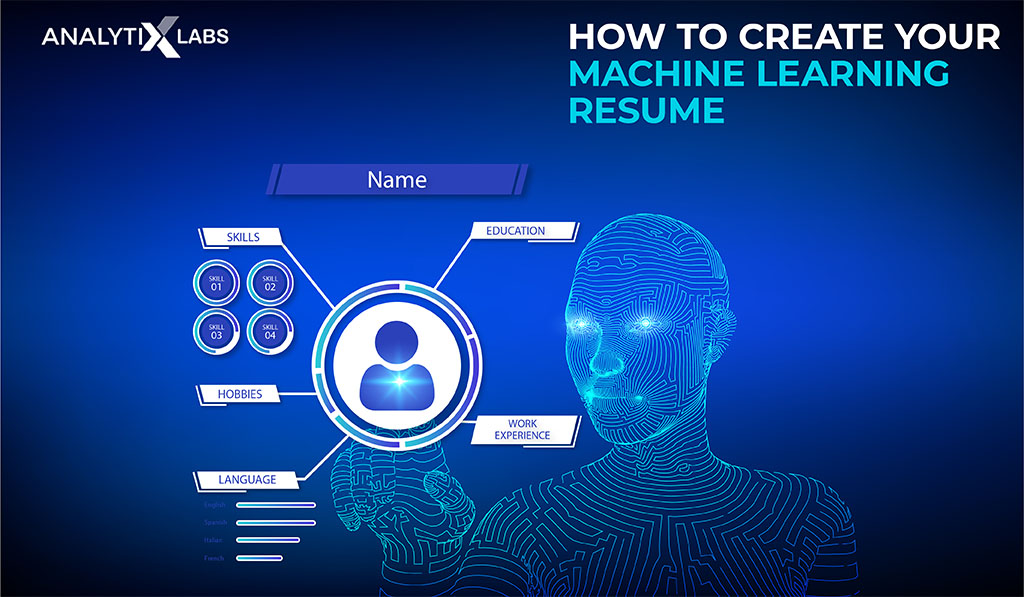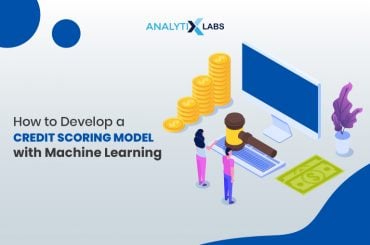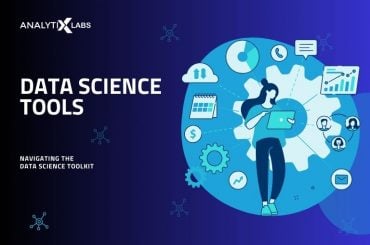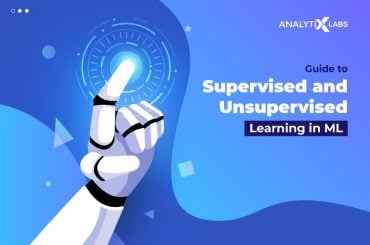Your resume is your first impression – even before the recruiter has reached out to you with a potential job opportunity. While this is a good enough reason to focus on creating a strong resume, there is another reason why you need this guide. Recruitment, in general, has become fast-paced. There was a time when recruiters would manually go through each resume and filter the ones that align with their job requirements. Today this first-level filtering is done by automated systems.
Companies implement Applicant Tracking Systems i.e. ATS to filter out resumes that do not match the profile. For instance, if a company is looking for machine learning engineers and the resume of a marketer crops up, this resume is automatically filtered out. In short, ATS finds out resumes that have an 80% or more match to the job profile. It does this by looking for keywords. For instance, if the role is for a machine learning engineer, then keywords like machine learning, data analyst, AI engineer, statistics, data structures, and so on are added to the system. Resumes that match these keywords are automatically sorted for the recruiter.
This has only one take-away for you – Write a resume that defines your skills and is optimized to pass the ATS. This guide will enable you to build your ideal machine learning resume and break the shackles that have been keeping you from your dream job. Let’s get started.
Basics first.
Why do you need a strong machine learning resume?
Machine learning, which is a branch of artificial intelligence, is growing rapidly. From voice assistants to chatbots, machine learning is everywhere. It is defined as the ability of a computer to learn without being coded explicitly. Infact, the adoption of machine learning is so widespread that almost every domain relies on it in one way or the other.
For instance, Netflix, a global streaming platform, saves $1 billion annually due to its machine learning algorithm designed for content personalization and recommendations. Similarly, Google’s lung cancer detection AI made the headlines when it reportedly outperformed six human radiologists.
All these and more implementations of machine learning have made way for new job roles in this domain. If you do a simple job search on machine learning on LinkedIn, you will see 26,953 results for India alone! Simultaneously, a recent update from LinkedIn revealed that machine learning engineer is in fourth place among the 25 fastest-growing jobs in the US. All these points to the same thing – the demand is high, so you must be ready.
Since the demand is high, so is the competition. The talent mismatch levels are declining steadily in India, which means it is going to be tougher for freshers to crack a job. Hence, writing a machine learning fresher resume with proper keywords and skill sets is the only route to success.
Also read: Top 45 machine learning interview questions and answers
Without further ado, let’s get into creating a machine learning resume.
How to create a machine learning resume?
Any resume has a standard pattern – the header, the skills, the experience – these three components make up a resume, irrespective of what role you are applying to. When you sit to write your machine learning resume, remember – it is not about what you think about your skills or experience. It is about visualizing your resume from the point of view of a recruiter.
Even with ATS in place, a recruiter still has to go through hundreds of resumes for a single profile. If your machine learning resume is not on-point, you will lose opportunities. Your task on hand is to create a resume that is easy to navigate and instantly draws attention to the main pointers in your machine learning resume.
Let’s take a look at the components that are a must in your machine learning resume.
[Note: This applies to a machine learning fresher resume as well].
Components of a machine learning resume
In a nutshell, there are 7 (+1) components that are a must in your machine learning resume –
- Header
- Job summary
- Work experience
- Projects
- Skills
- Certifications
- Academics
- References (optional)
Now, let’s take a look at a prototype while we explore each component. 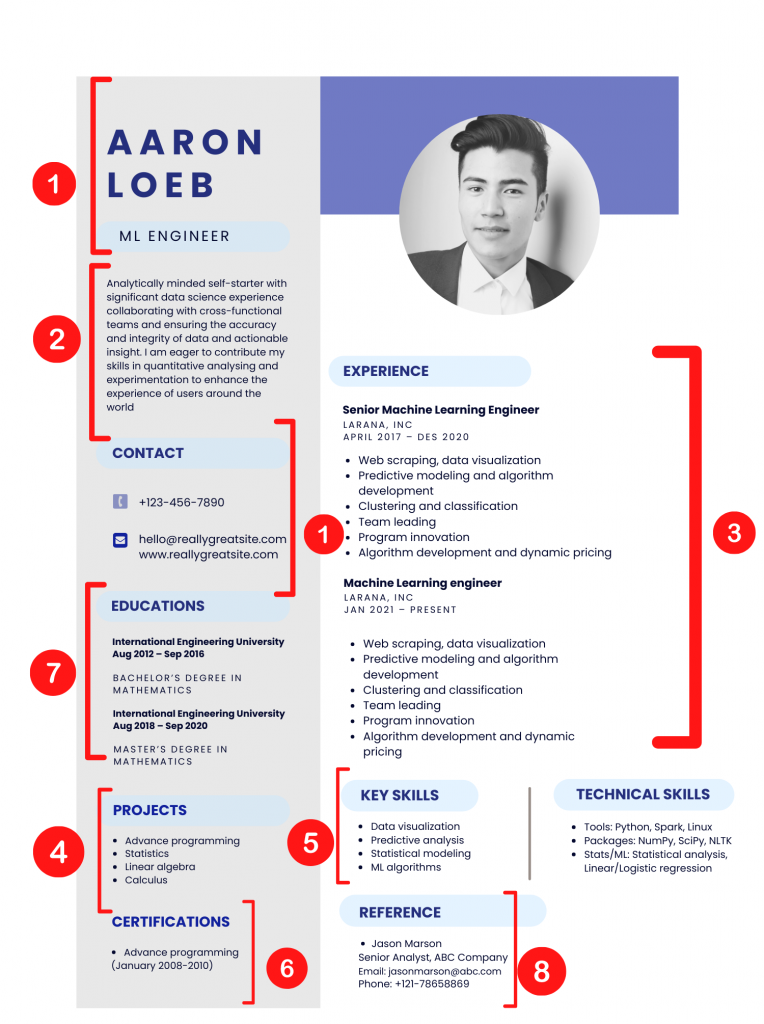
(1) Header
The first section is your basic introduction i.e. name and contact details. Sometimes, both these are written back-to-back. In most cases, the contact information comes a tad bit below the summary. This is because you want the recruiter to quickly know the gist of your skills as a machine learning engineer. In the above prototype, you will see us following this pattern.
Your name should be in large and bold font. In addition to this, you can also provide other information such as the links to your blog posts, GitHub repository, LinkedIn, etc. This helps in the social validation of your profile.
(2) Summary
In a few lines, summarize your expertise and experience. This section should be good enough for a recruiter to filter your resume for further reviewing. Provide information related to the related skills, experience, projects, accomplishments, etc. A little self-boasting is allowed!
(3) Work experience
This is the most important section that a recruiter looks for. It is essential that you put down your work experience in a chronological fashion, with the latest at the top. Your work experience should contain four things –
- Your designation
- The company you are working with
- Timeline – from when you started and till when
- What roles and responsibilities do you handle
This is also a good section to showcase results that you can drive. For instance, as a marketer, I will always write how I increased a blog’s ranking or how much traffic I can drive with my expertise. Such information can help recruiters analyze how good a fit you are for the job role. Infact, such result-driven information helps company representatives like managers or COO, or CEOs to evaluate you better in the further interview rounds.
Since you are creating a machine learning resume, you must include your skills and accomplishments related to this field [as well as fields that are co-related to machine learning]. For a machine learning fresher resume, you must focus on mentioning research projects or freelance works that you have done prior to applying. You can include internship details, certification details, and any self-learning that has helped you acquire new skills. As a fresher, these details can put on ahead of others.
(4) Projects
Projects are important especially if it is a machine learning fresher resume. When you talk about the projects, be as explicit as possible. Mention the project title, details, what challenges you faced, and how you used your machine learning skills to combat them. Showcase any recognition you got during your project tenure, add certificates or research materials, or any published material that showcases your work.
This helps recruiters understand how adept you are at handling situations in real-time. Theoretical knowledge is one part of the recruitment, but a candidate who knows how to implement his/her knowledge in everyday situations takes the cup!
(5) Skills
This section is at par with the work experience section in terms of importance. Infact, your work experience and certification all come down to this section – the skills you possess. Your machine learning skills can have two sections as shown in the prototype – key skills and technical skills. However, this depends on your experience, the nature of work you do or want to do, and the role you are applying for or want to apply to. Ideally, this section will showcase your skills directly related to machine learning. However, you can also add soft skills like analytical thinking, data visualization, and more to enhance your machine learning resume.
(6) Certifications
Certifications show your specialization. Most certification courses are designed to enable you in a specific domain or domain-based role. For instance, you may separately learn about face recognition or automatic speech classification. These become your specialization and give you the extra edge in job roles that specifically require this expertise.
Mention all details about your certifications – what is the name, issuer of the certificate, projects you did during this course, timeline, and specific skills you have acquired. Top up your data science certification course with PG for advanced learning.
(7) Academic background
Machine learning is one such domain that needs you to have a specific academic background, unlike a marketing profile where you can be from a science or arts background. Hence, the academic information in your machine learning resume is important. Place your details in a chronological manner – starting with your higher secondary board details followed by engineering or graduation details. If you hold a master’s degree, add that. All this information should be accompanied by the percentage or GPA or similar information so that your academic performance can be easily evaluated.
Note – If you are yet to graduate then provide your expected graduation date.
If you do not have a lot of work experience and are fresh out of college, then put this section above the work experience section in your machine learning resume.
In addition to this, provide certification details, especially for those in the field of Machine Learning, Add the name of the program, the issuer of the certificate, timeline, details, etc.
(8) References
This section is optional. It depends on whether you have someone referring you or not. Incase someone is referring you, make sure to add all details about that person. Check the prototype to know what to add. These details help the recruiter cross-check and validate your profile.
These are the 8 components of a machine learning resume.
Building a good Machine Learning resume requires some essential and necessary skills, you can enroll in our machine learning certification course, and get to learn from the best industry experts.
Now, let’s move on to the next vital segment – tips to build your resume.
Tips to build machine learning resume – tried & tested
When you are building your machine learning resume, there are a few do’s and dont’s to keep in mind. Everything in the ‘components of a resume’ section are do’s. Here are some more tips that are tried and tested, and work.
(1) Format your resume
When you are building your resume, you put in so much effort in adding every minute detail that can land you the first interview call at least. In lieu of making the perfect resume, don’t forget to format your resume. A badly formatted resume pulls down the entire impression your skills might have created. This is because a badly formatted resume is hard to comprehend. As a result, probably the recruiter didn’t even scroll through your skills. Pro tips:
- Use simple fonts, with a font size between 11-12 points. Headers must be of 13-14 points
- Make sure margins are exactly the same on either side – ideally 1 inch on top, bottom, and side
- Use bullets to pinpoint your skills or roles
- Use line spacing of 1-1.5 points
- Don’t overdo with colors and designs
- Stick to a proper alignment – both horizontally and vertically
- Highlight important skills or details
- Upload resume in word doc or PDF format
- Avoid white space in your resume
Here is an example of a badly formatted resume –
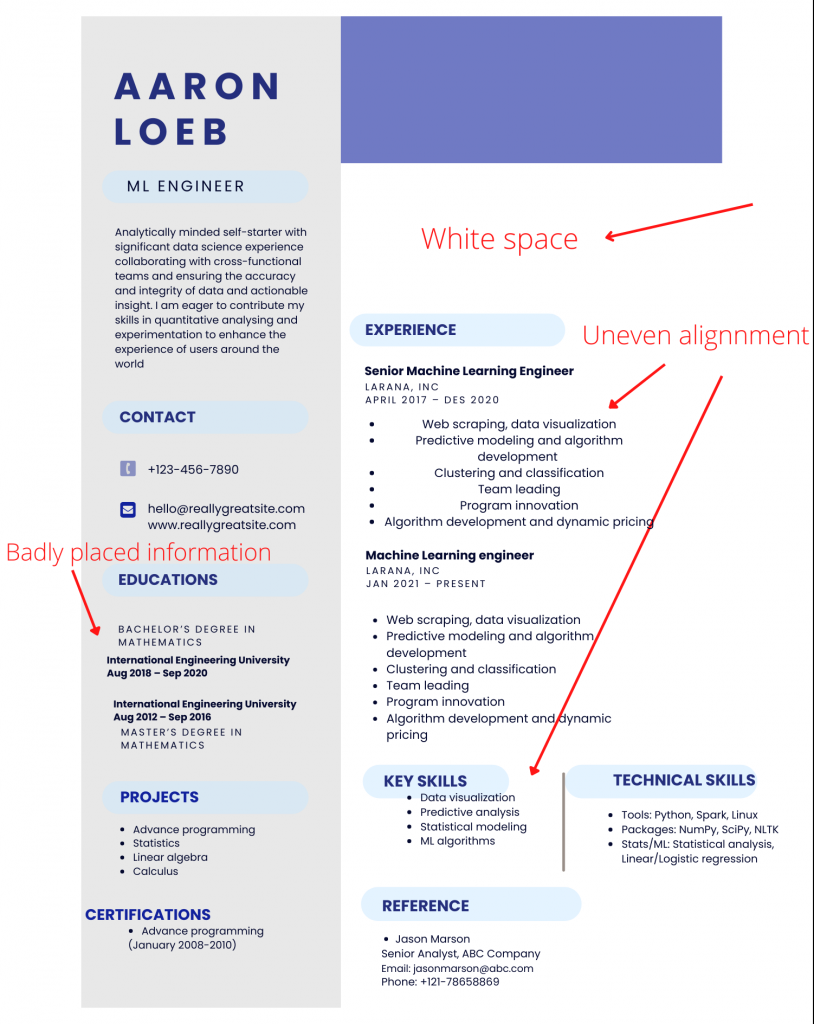
(2) Keep the resume length optimal
Try to keep your resume to one page and a maximum of up to 2 pages if you have a lot of experience. Creating a long resume will only reduce your chances. A recruiter skims through your resume, so a long resume will only kill your chance because the recruiter will not want to keep scrolling. Avoid dumping all information – you will get ample scope to talk about your expertise once the interview rounds begin.
(3) Align your resume with the job role
Your resume will need little tweaks now and then to fit the job role you are applying to. Many job descriptions use specific domain keywords that your resume may be missing. Adding these keywords and optimizing your resume according to the job description can help you pass the ATS easily and also the recruiter’s critical eyes.
(4) Keep the jargon away
Using big and heavy words will lead you nowhere. Neither will self-defining adjectives! Keep your resume to the point. Explain your expertise but be humble in how you present your information. Avoid praising yourself to a point where it seems narcissistic! You may be very enthusiastic about a particular job role but using heavy jargon will not make any positive impact on the recruiters’ decision.
(5) Avoid picture
I know what you are thinking. The first prototype showcased in this article has a picture. Yes, that is right and so is this point. Avoid adding pictures if you don’t have a formal image. Your resume is not your social profile where you need to look pretty. If you have a well-captured image, go ahead. Else, it is better to cut it out.
Side note: Recruiters say pictures often take up extra ink when they are printing the resumes for further review. So, it is good if they are just texts.
All this while, we discussed everything you should do as a candidate. Now, let’s take a look at what recruiters or employers expect in a machine learning resume. There are four primary things –
- Work experience in details
- Keyword optimized resume for ATS
- Field-related academic information
- Skills you have
Must-have skills in a machine learning resume
Skills can make or break your career.
Machine learning skills in a resume can directly impact a recruiter’s decision regarding your candidacy. Thus, identify the related skills that the recruiters are looking for and add them to your resume. There is no end to acquiring skills but as a machine learning engineer, here are the skills that you MUST have.
Bonus read: Need a machine learning job? Learn any of these tools – Part 1 & Part 2
(1) Statistics
Statistics plays an important part in Data Science. You must know about descriptive and inferential statistics. This also includes the knowledge of a number of hypothesis tests and their use.
(2) Regression Analysis
A kind of an extension of statistics, the knowledge of regression helps in creating a highly interpretive statistical model that can help organizations to understand how exactly things can take place in the future.
(3) Computer Literacy
Basic computer knowledge is a must. This includes not only operating computers but using typical tools such as MS Word, Excel, etc.
(4) Programming Languages
Machine Learning models are created in R, Python, or Java, and having knowledge of these languages is a must. This includes the knowledge of basics such as the syntax, control flow statements, important machine learning-based libraries (sklearn or caret for example), etc.
Resources you can read:
(5) Data Structures
It is important to know about the various formats in which data can present itself. This includes data being in a structured, semi-structured, or unstructured format. One must know how to deal with these kinds of datasets. This also includes knowing certain tools such as SQL etc.
Resource you can read: Understanding data structures: Types & applications
(6) Machine Learning Algorithms
There are a number of algorithms that employers expect from a candidate. These include tree-based algorithms (Decision trees, Random Forest), distance-based algorithms (K nearest neighbor), probabilistic algorithms (naïve Bayes), mathematical algorithms (Support Vector Machines), forecasting algorithms (ARIMA, SARIMA, ETS models), segmentation algorithms (K-mans, DBSCAN, Hierarchical clustering), etc.
(7) Natural Language Processing
A number of Classification models are created using text data. This requires machine learning engineers to have knowledge of NLP. It includes concepts like TF-IDF, POS tagging, stemming, lemmatization, tokenization, stopwords, web scraping, etc.
(8) Model Evaluation
There are a number of model evaluation techniques that pertain to different types of machine learning models. This includes concepts such as R2, Adjusted R2, MAPE, Confusion Matrix, Precision, Recall, F1 Score, Elbow Curve, etc.
(9) Reporting Skills
After creating a machine learning model and gaining all insights from it, you must know how to visually represent it. It should be easy to understand and visually appealing. So, visualization and reporting skills are a must. You can showcase this through your knowledge in PowerBI, Tableau, or even using Excel for graphs.
(10) Interpersonal Skills
Last but not the least, recruiters also look for your interpersonal skills. This includes your proficiency in working in a team, communicating with your team members, understanding the directions given by your leaders, and understanding the expectations of the clients among other things.
This brings us to the closure of how you can build your ideal machine learning resume. The next section will cover a few commonly asked questions. If you have more queries, feel free to drop them in the comments section or reach out to us directly.
Machine Learning Resume: FAQs
(1) Is machine learning good for freshers?
Yes. The demand for machine learning experts is sky-rocketing in the present date. As a fresher, it is important to have the right kind of skills. If you are a fresher, indulge in various projects and internships before you start a full-time job. This will give you an extra edge.
(2) Is machine learning a good career?
Yes, definitely yes. You just cannot deny the potential this domain has and it is increasing day by day. The application of machine learning is expanding into fields and domains we could not comprehend some years back. So, if you are confident about your skills and know how to work around challenges, this is a lucrative career choice for you.
(3) How do I start learning machine learning?
You can either self-learn or enroll in a machine learning course. You can start with our machine learning course. Our teaching experts specialize in training individuals as well as corporates to gain industry-relevant knowledge. If you want to self-learn, here are some reading materials that can help you –
- How to self-learn machine learning and AI
- Pre-requisites of learning machine learning and applied AI
- Learn machine learning: Where to start?
- Mastering the art of machine learning
- Different types of machine learning algorithms
- Data wrangling in machine learning
- Naive Bayes theorem in machine learning
If you have more queries, connect with us without any hesitation. Also, let us know what you think is the most vital component of a resume. Till then, happy job hunting!

